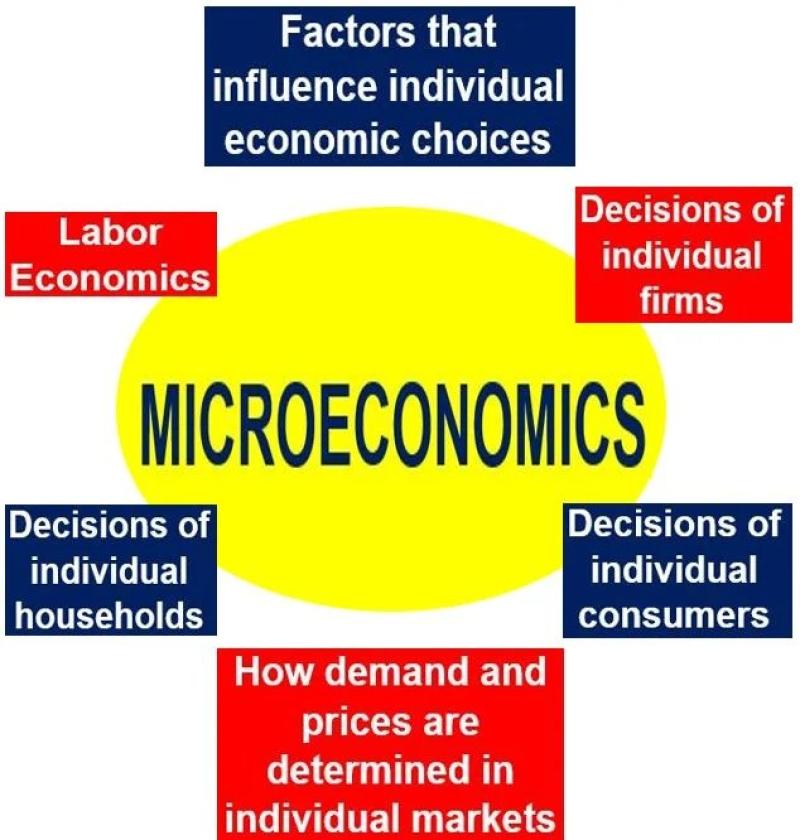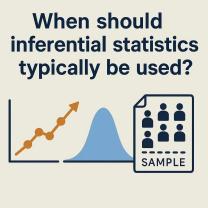What is micro economics?
Microeconomics is a branch of economics that focuses on the study of individual economic units within an economy. It examines the behavior of individual consumers, firms, industries, and the allocation of resources at the micro level. In contrast to macroeconomics, which looks at the economy as a whole, microeconomics seeks to understand the decision-making processes of individual actors and how their interactions shape market outcomes.
Here are some core concepts in microeconomics:
Supply and Demand:
- The fundamental concept of microeconomics is the interaction between supply and demand. Supply refers to the quantity of a good or service that producers are willing to offer in the market, while demand represents the quantity that consumers are willing to buy. The equilibrium between supply and demand determines the market price and quantity.
Consumer Behavior:
- Microeconomics analyzes how individuals make choices regarding the consumption of goods and services. It considers factors such as preferences, utility, and budget constraints to understand how consumers maximize their satisfaction.
Producer Behavior:
- Microeconomics examines the decision-making of firms and producers. It explores how firms decide what to produce, how much to produce, and how to allocate resources efficiently to maximize profit.
Market Structures:
- Microeconomics classifies markets into different structures based on the number of sellers, the degree of product differentiation, and barriers to entry. Common market structures include perfect competition, monopolistic competition, oligopoly, and monopoly. Each structure has distinct characteristics that influence pricing and production decisions.
Elasticity:
- Elasticity measures the responsiveness of quantity demanded or supplied to changes in price, income, or other factors. It helps assess how sensitive consumers and producers are to price changes and is a crucial concept for understanding market dynamics.
Marginal Analysis:
- Microeconomics often relies on marginal analysis, which involves examining the changes in costs and benefits associated with small incremental changes in production or consumption. Marginal utility, marginal cost, and marginal revenue are important concepts within this framework.
Market Failure:
- Microeconomics addresses situations where markets do not efficiently allocate resources, leading to market failures. Common causes include externalities (spillover effects), public goods, information asymmetry, and market power. Government intervention may be necessary to correct these market failures.
Game Theory:
- Game theory is applied in microeconomics to analyze strategic interactions among decision-makers. It is particularly relevant in situations involving competition, cooperation, and negotiation between firms in an oligopolistic market.
Factor Markets:
- Microeconomics explores factor markets, where the factors of production—such as labor, capital, and land—are bought and sold. The determination of wages, interest rates, and rents falls within the purview of microeconomic analysis.
Income Distribution:
- Microeconomics studies how income is distributed among individuals and households. It explores factors influencing wage differentials, wealth accumulation, and the impact of government policies on income distribution.
Microeconomics provides a foundation for understanding the behavior of economic agents in specific markets, helping to explain how prices are determined, resources are allocated, and individuals and firms make decisions to maximize their well-being. It is a critical component of economic analysis and plays a central role in shaping economic policies and strategies.
How does microeconomics differ from other branches of economics?
Microeconomics stands out from other branches of economics in several key ways:
Focus:
- Microeconomics: Focuses on individual decision-making within an economy, including consumers, businesses, and resource allocation. It examines how individuals respond to prices, incentives, and market forces.
- Other branches: Macroeconomics, for example, focuses on the bigger picture: aggregate outcomes like inflation, unemployment, and economic growth. It analyzes broad trends and policies impacting the entire economy.
Scale:
- Microeconomics: Deals with individual agents like households, firms, and specific markets. It delves into micro-level interactions and decisions.
- Other branches: Macroeconomics takes a bird's eye view, looking at the behavior of the entire economy as a system. It aggregates individual actions and decisions to understand national or global economic trends.
Methodology:
- Microeconomics: Often utilizes models and theoretical frameworks to analyze individual behavior and predict market outcomes. These models involve studying supply and demand curves, marginal analysis, and game theory.
- Other branches: Macroeconomics uses various tools, including econometrics, to analyze statistical data and build complex models of the entire economy. It focuses on factors like interest rates, fiscal policy, and economic data analysis.
Applications:
- Microeconomics: Informs a wide range of policy decisions like antitrust regulation, taxation, minimum wage, and consumer protection. It also helps businesses understand markets, pricing strategies, and resource allocation.
- Other branches: Macroeconomics guides central bank policies, fiscal policy decisions, and international trade agreements. It helps governments manage inflation, unemployment, and economic growth.
Here's a simple analogy:
Imagine the economy as a bustling city.
- Microeconomics: Studying individual pedestrians, their choices, and interactions at street intersections.
- Macroeconomics: Studying the overall traffic flow, patterns, and regulations governing the city's transportation system.
In conclusion, microeconomics distinguishes itself by zooming in on individual decision-making and market forces, while other branches analyze broader economic trends and systems. Both aspects are crucial for understanding the complexity of economies and shaping effective policies.
I hope this clarifies the differences between microeconomics and other branches of economics! Feel free to ask if you have any further questions or want to explore specific examples of how these branches differ in their applications.













